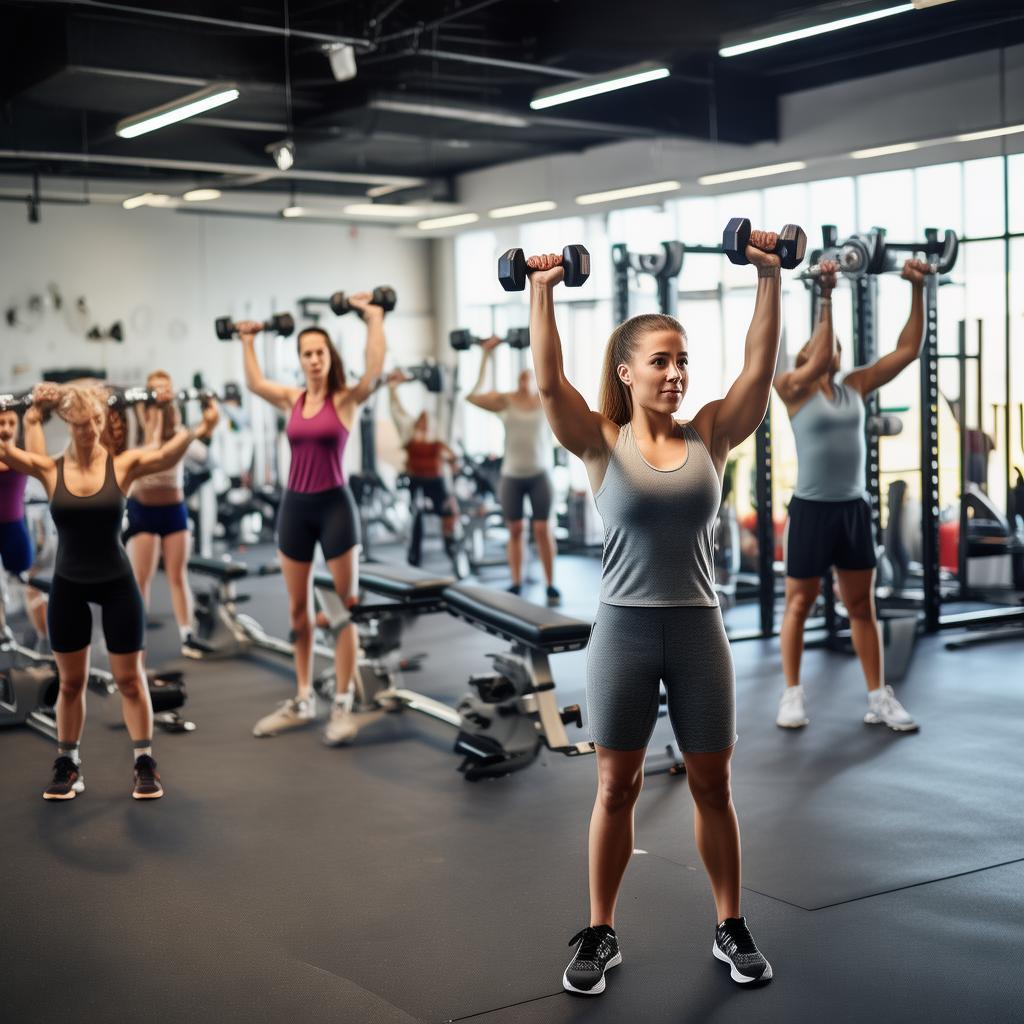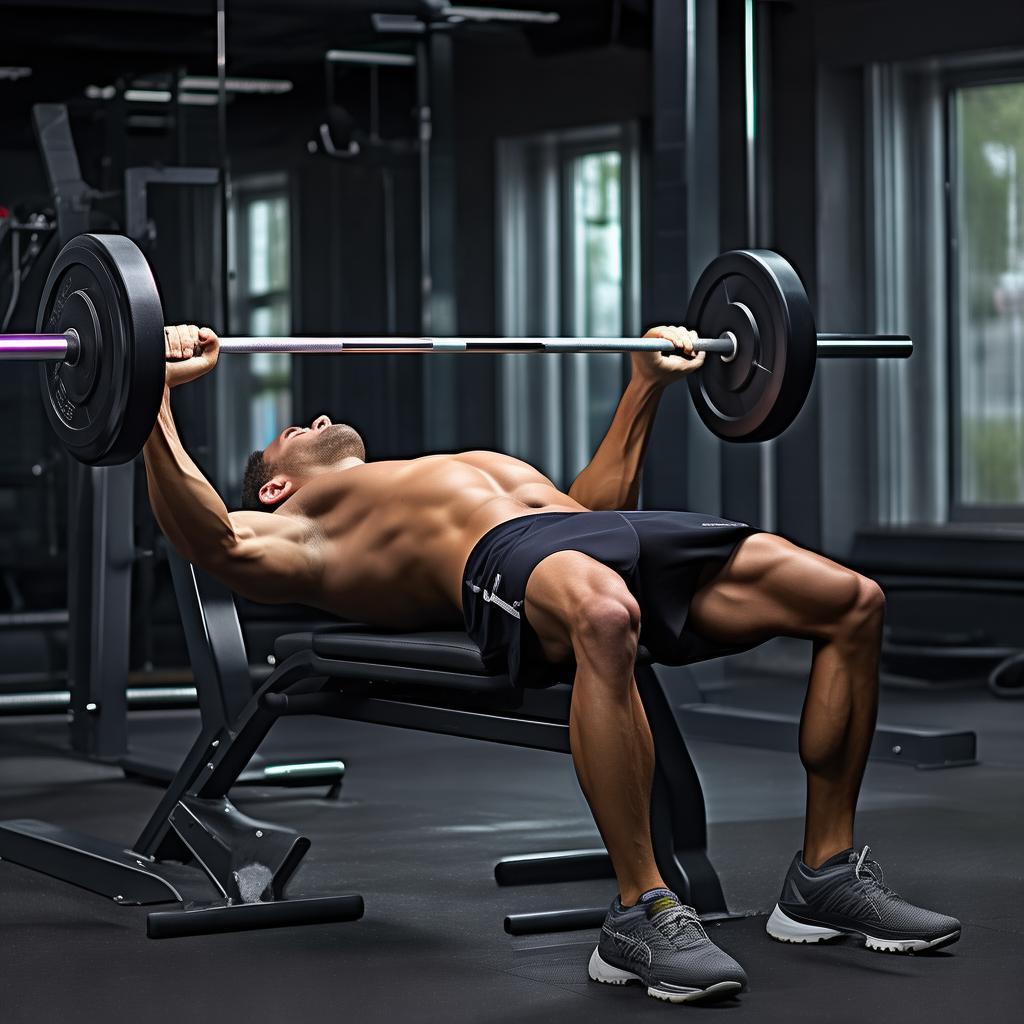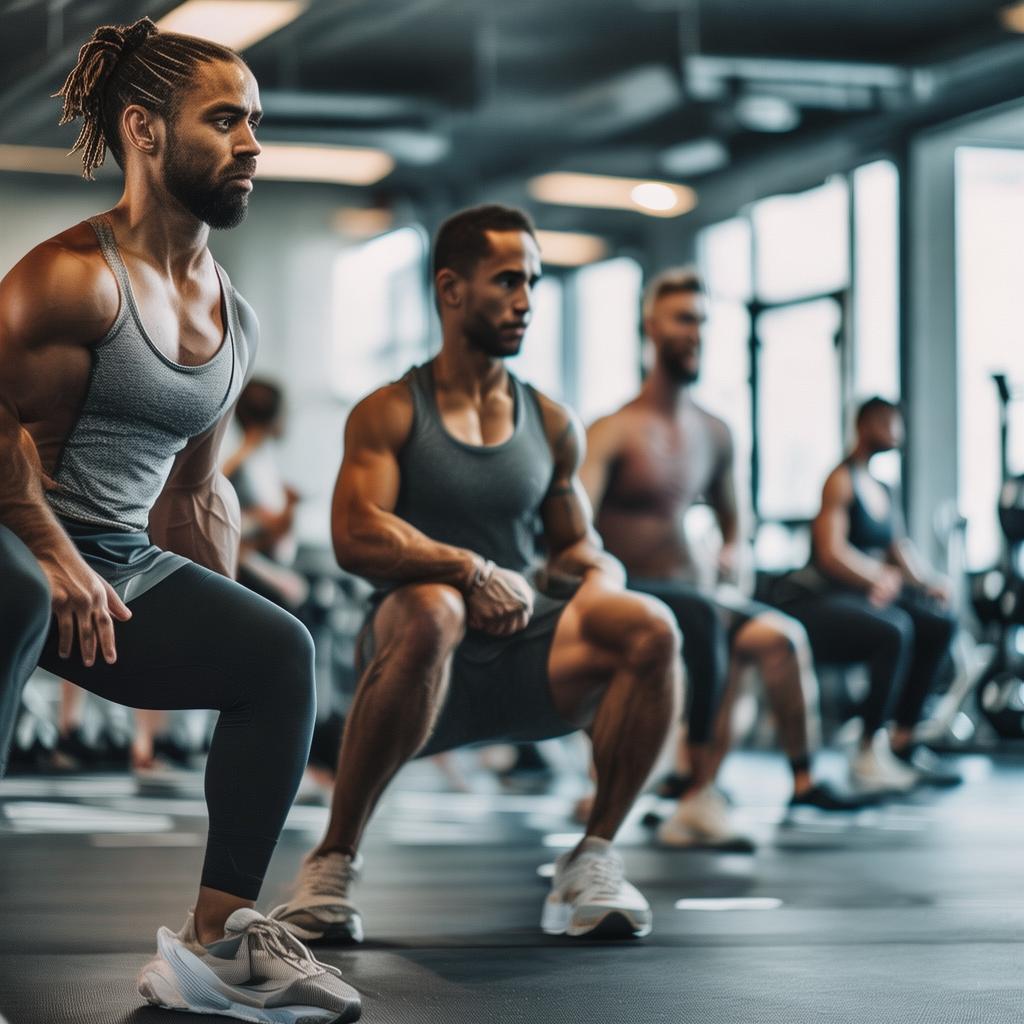Introduction
For many beginners in the fitness world aiming for thicker arms or pectoral muscles, over – time, it may lead to under – developed shoulders. When the goal is muscle – building, starting with deltoid training is crucial. Here are 9 practical and effective shoulder movements that not only work on all parts of the deltoids but also engage the obliques and triceps.
Pre – gym Considerations
Before hitting the gym, it’s important to know that there isn’t a single way to train shoulders with high volumes. Some gym – goers believe that building muscle means using super – light weights for numerous reps. However, for muscle growth, the muscle load must be substantial, and the lifting force high and consistent. When performing the following shoulder exercises, use 50% – 70% of the limit weight, especially in mobile joints like the shoulders. Always warm up the shoulders, as shoulder workouts often involve long – trajectory movements to prevent common injuries like tendonitis.
9 Shoulder Exercises for Beginners
1. Wall Slides
Why: This movement should be done without weights before each shoulder workout. Shoulder training requires the necessary mobility to push overhead, and without it, potential problems may arise for the shoulder joint. Method: Stand against a wall with your arms at right angles to the wall. Slowly push your arms upwards over your head and then return to a right – angle position, keeping your forearms and the backs of your hands close to the wall if possible.
2. Free Weight Push – ups
Reason: The overhead press, pushing the weight straight overhead from ear height with a narrow or wide grip, is excellent for training the anterior and middle deltoid muscles. Using dumbbells or kettlebells allows for freer movement and isolates both shoulders, making it ideal for those with a weaker deltoid side. It also trains the core, especially when done on one side at a time. Whether done with both arms together, alternating, or with one arm, these push – ups are great for shoulder training, allowing full shoulder mobility and a complete movement with internal and external rotation of the shoulder joint.
3. Barbell Overhead Press
Reason: It is the prime move for heavy – weight shoulder training. Once you can complete the movement in all directions (lifting the barbell all the way overhead), it is a suitable progression from free – strength training. The barbell is a perfect equipment for loading and pushing a large amount of weight, overloading the shoulder muscles and promoting their growth.
4. Half Kneeling T – bar Push – ups
Why: For those with limited shoulder mobility overhead and in need of a safer way to push up heavy weights, the t – bar is recommended. It allows for pushing a greater load overhead compared to free – strength movements, which is more friendly to those with low shoulder mobility. Doing half – knees (knees up, on the opposite side of the working arm) works the core and distributes the weight to the lower body as well.
5. Standing Rope Face Pull
This rope movement targets the posterior deltoid bundle and the back. With the pulley at chin height, it is essentially a wide – elbow row while standing (with a slight bend in the knees). It is preferred over the high rope pull – down as it better stimulates the posterior deltoid bundle and allows for easier rotator cuff movement, with less room for deceptive movements.
6. Thoracic Brace Posterior Deltoid Flyes
Also known as the’reverse flyover’, you straddle a bench with your chest resting on the upward – sloping bench and raise the dumbbells to your sides (as if your arms were turning into wings). This is a great postural alignment move that targets the posterior fasciculus fibres of the shoulders. Since most people have the front bundle of the deltoids dominant during big – weight push – ups, this movement counteracts the forward force of the shoulders, which is essential for healthy shoulders.
7. Single Arm Side Planks
Why: Performing side planks with one arm at a time can potentially eliminate muscle imbalances. It is an effective isolation movement for the middle deltoid bundle and also trains the core. If you have rotator cuff issues, carefully watch your body and switch to a neutral hammer grip and scap.
8. Prone Shoulder Press
Reason: By changing the body angle and lying face down on a bench or a stability ball, the overhead press at this point affects the posterior deltoid bundle and core muscles more (unlike when standing, where the anterior or middle deltoid bundle is the target). It requires more strength and stability, but adding it to your routine will bring greater gains. Method: Lie face down on the floor with a lighter dumbbell in your hand. Extend your arms parallel to the floor (arms overhead), ensuring the dumbbells don’t touch the floor. Lower them back to the shoulder position for one movement.
9. Front + Side Planks
Reason: Front planks (raising the dumbbells in front of your body and stopping at a height parallel to the floor) and side planks (with the arms to the sides of your body) train the anterior and middle deltoid bundles respectively. As a combination exercise, alternating the two movements can confuse the muscle fibres and lead to more intense stimulation. To feel these stimuli, choose a comfortable grip and slightly reduce the range of the lateral planks (so that you can see your hands in your field of vision), also known as the “Scapula”. Choose a lighter dumbbell than what you might expect, and ensure you’re not cheating on the movement.
These 9 moderately – difficult beginner shoulder exercises are great for home workouts when you can’t go to the gym. With sufficient equipment and space, you can start training anytime, anywhere. It’s never too late to start practicing!





